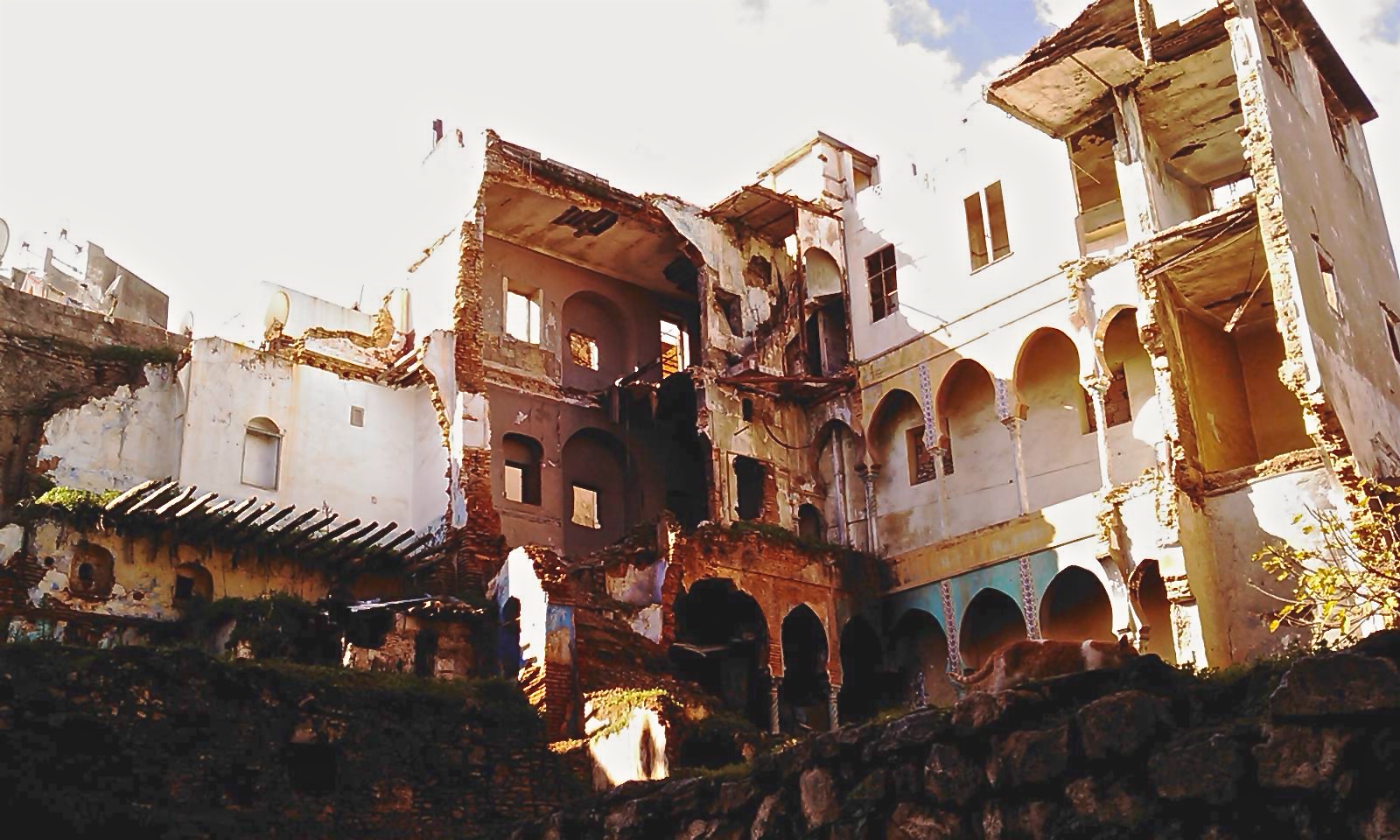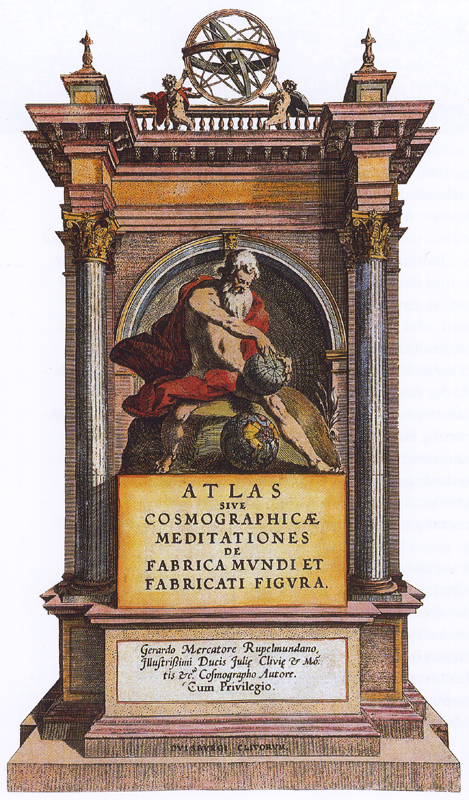|
Rouïba
Rouïba or Rouiba () is a municipality of Algeria. It is located in the eastern suburbs of Algiers in one of the most healthy localities of Algeria.Journal of Practical Agriculture, Gardening and of Home Economics, Bookstore of the Rustic House of the 19th century (Paris), July 1898 It is also the district seat of Rouïba District in Algiers Province. Its inhabitants are called Rouibéens. Capital of Oriental Mitidja, of agricultural vocation, Rouïba became an industrial city after the Second World War, with its territory being the first and the largest industrial area of the country which extends on ,"Revue de géographie de Lyon", volume 55, 1980, which makes it is one of the richest communes in Algeria. Geography Toponymy Rouïba is the name used by the inhabitants before and after the French colonization. "What is incontrovertible is that its origin comes from the Arab or the Berber; as for its translation the opinions diverge". The origin could be a deformation of "Sma ... [...More Info...] [...Related Items...] OR: [Wikipedia] [Google] [Baidu] |
Reghaïa
Reghaïa is a municipality in Algiers Province, Algeria. It is located in Rouïba District, Rouïba districts of Algeria, district and is the most populated municipality of the district. Geography It is located in the northern part of the plain of Mitidja, with sandy beaches along the coast. It is home to a Ramsar Convention, Ramsar-recognized humid marsh and a Réghaïa lake having an area of and a length of . A natural reserve is being built there. There is also a island there: ''Hadjrat Bounattah/Ile Agueli'', one kilometer (0.6 miles) from the beach of Reghaïa. History Reghaïa original name are " re agha ", "region agha ", the urbanization of the area started with the arriving of the ''Ouled Hadjadj'' tribe, with origins from today's Morocco. During the start of the French rule in Algeria, Reghaïa came into existence as a district by an act signed by Napoleon III in 1858, and it became a purely agricultural colony of 3000 hectares (7413 acres) which were given to two F ... [...More Info...] [...Related Items...] OR: [Wikipedia] [Google] [Baidu] |
Rouïba District
Rouïba is a district in Algiers Province, Algeria. It was named after its capital, Rouïba. Municipalities The district is further divided into 3 municipalities, which is the lowest number in the province: *Rouïba Rouïba or Rouiba () is a municipality of Algeria. It is located in the eastern suburbs of Algiers in one of the most healthy localities of Algeria.Journal of Practical Agriculture, Gardening and of Home Economics, Bookstore of the Rustic House ... * Reghaïa * H'raoua Districts of Algiers Province {{Algiers-geo-stub ... [...More Info...] [...Related Items...] OR: [Wikipedia] [Google] [Baidu] |
Algiers Province
Algiers Province (, ', ; ) is a Provinces of Algeria, province (wilayah) in Algeria, named after its capital, Algiers, which is also the national capital. It is adopted from the old Departments of France#Departments of Algeria (Départements d'Algérie), French department of Alger (department), Algiers and has a population of about 8 million. It is the most densely populated province of Algeria, and also the smallest by area. In 1984, Boumerdès Province and Tipaza Province were carved out of its territory. Administrative divisions Algiers province is coincident with the city of Algiers, and is divided into 13 districts of Algeria, districts, in turn subdivided into 57 communes of Algeria, ''communes'' or municipalities. Districts The districts, listed according to official numbering (from west to east), are: Communes The communes are: # Aïn Taya (Ain Taya Forest) # Bab El Oued # Bab Ezzouar # Baba Hassen # Bachdjerrah (Bach Djerrah) # Bologhine (Bouloghine) # Bordj El Ba ... [...More Info...] [...Related Items...] OR: [Wikipedia] [Google] [Baidu] |
Algiers
Algiers is the capital city of Algeria as well as the capital of the Algiers Province; it extends over many Communes of Algeria, communes without having its own separate governing body. With 2,988,145 residents in 2008Census 14 April 2008: Office National des Statistiques de l'Algérie (web). and an estimated 3,004,130 residents in 2025 in an area of , Algiers is the largest city in List of cities in Algeria, Algeria, List of coastal settlements of the Mediterranean Sea, the third largest city on the Mediterranean, List of largest cities in the Arab world, sixth in the Arab World, and List of cities in Africa by population, 11th in Africa. Located in the north-central portion of the country, it extends along the Bay of Algiers surrounded by the Mitidja Plain and major mountain ranges. Its favorable location made it the center of Regency of Algiers, Ottoman and French Algeria, French cultural, political, and architectural influences for the region, shaping it to be the diverse met ... [...More Info...] [...Related Items...] OR: [Wikipedia] [Google] [Baidu] |
Atlas Of Blida
An atlas is a collection of maps; it is typically a bundle of maps of Earth or of a continent or region of Earth. Advances in astronomy have also resulted in atlases of the celestial sphere or of other planets. Atlases have traditionally been bound into book form, but today, many atlases are in multimedia formats. In addition to presenting geographical features and political boundaries, many atlases often feature geopolitical, social, religious, and economic statistics. They also have information about the map and places in it. Etymology The use of the word "atlas" in a geographical context dates from 1595 when the German-Flemish geographer Gerardus Mercator published ("Atlas or cosmographical meditations upon the creation of the universe and the universe as created"). This title provides Mercator's definition of the word as a description of the creation and form of the whole universe, not simply as a collection of maps. The volume that was published posthumously one year aft ... [...More Info...] [...Related Items...] OR: [Wikipedia] [Google] [Baidu] |
Pliocene
The Pliocene ( ; also Pleiocene) is the epoch (geology), epoch in the geologic time scale that extends from 5.33 to 2.58See the 2014 version of the ICS geologic time scale million years ago (Ma). It is the second and most recent epoch of the Neogene Period in the Cenozoic, Cenozoic Era. The Pliocene follows the Miocene Epoch and is followed by the Pleistocene Epoch. Prior to the 2009 revision of the geologic time scale, which placed the four most recent major glaciations entirely within the Pleistocene, the Pliocene also included the Gelasian Stage, which lasted from 2.59 to 1.81 Ma, and is now included in the Pleistocene. As with other older geologic periods, the Stratum, geological strata that define the start and end are well-identified but the exact dates of the start a ... [...More Info...] [...Related Items...] OR: [Wikipedia] [Google] [Baidu] |
Quaternary
The Quaternary ( ) is the current and most recent of the three periods of the Cenozoic Era in the geologic time scale of the International Commission on Stratigraphy (ICS), as well as the current and most recent of the twelve periods of the Phanerozoic eon. It follows the Neogene Period and spans from 2.58 million years ago to the present. The Quaternary Period is divided into two epochs: the Pleistocene (2.58 million years ago to 11.7 thousand years ago) and the Holocene (11.7 thousand years ago to today); a proposed third epoch, the Anthropocene, was rejected in 2024 by IUGS, the governing body of the ICS. The Quaternary is typically defined by the Quaternary glaciation, the cyclic growth and decay of continental ice sheets related to the Milankovitch cycles and the associated climate and environmental changes that they caused. Research history In 1759 Giovanni Arduino proposed that the geological strata of northern Italy could be divided into four succ ... [...More Info...] [...Related Items...] OR: [Wikipedia] [Google] [Baidu] |
El-Harrach
El Harrach (Berber: ⵍⵃⴻⵔⵔⴰⵛ , formerly ''Maison-Carrée'') is a suburb of the Algerian capital Algiers. The town is home to USM El Harrach Union Sportive de la Médina d'El Harrach (), known as USM El Harrach or simply USMH for short, is an Algerian Association football, football club based in El Harrach, a suburb of Algiers. The club was founded in 1935 as Union Sportive Musulmane ... football club and the Higher National Veterinary School is located in the area. See also * Massacre of El Ouffia (6 April 1832) References External links The official website of the town of El-Harrach Suburbs of Algiers Communes of Algiers Province Algiers Province {{Algiers-geo-stub ... [...More Info...] [...Related Items...] OR: [Wikipedia] [Google] [Baidu] |
Provinces Of Algeria
Algeria, as of 2024, is divided into 58 wilaya, wilayas (province, provinces). Prior to December 18, 2019, there were 48 provinces. The 58 provinces are divided into 1,541 baladiyahs (Municipalities of Algeria, municipalities). The name of a province is always that of its capital city. According to the Algerian constitution, a wilaya is a territorial collectivity enjoying economic and diplomatic freedom, the APW, or ''Popular Provincial Parliament/Provincial Popular Parliament'' (the ''Assemblée Populaire Wilayale'', in French) is the political entity governing a province, directed by the Wali (administrative title), ''Wali'' (Governor), who is chosen by the Algerian President to handle the APW's decisions, the APW has also a president, who is elected by the members of the APW, which Algerians elect. List By 1984 the number of Algerian provinces was fixed at 48 and established the list of municipalities or "communes" attached to each province. In 2019, 10 new provinces were ... [...More Info...] [...Related Items...] OR: [Wikipedia] [Google] [Baidu] |
Piacenzian
The Piacenzian is in the international geologic time scale the upper stage (stratigraphy), stage or latest age (geology), age of the Pliocene. It spans the time between 3.6 ± 0.005 year#SI prefix multipliers, Ma and 2.58 Ma (million years ago). The Piacenzian is after the Zanclean and is followed by the Gelasian (part of the Pleistocene). The Piacenzian is roughly coeval with the European land mammal age MN 16, overlaps the late Chapadmalalan and early Uquian South American land mammal age and falls inside the more extensive Blancan North American land mammal age. It also correlates with the Astian, Redonian, Reuverian and Romanian regional stages of Europe, and the Waipipian and Mangapanian stages of New Zealand geologic time scale, New Zealand. Some authorities describe the British Red Crag Formation and Waltonian Stage as late Piacenzian, while others regard them as early Pleistocene. Carbon dioxide levels during the Piacenzian were similar to those of today, making this age, ... [...More Info...] [...Related Items...] OR: [Wikipedia] [Google] [Baidu] |
El Hamiz Wadi
EL, El or el may refer to: Arts and entertainment Fictional entities * El, a character from the manga series ''Shugo Chara!'' by Peach-Pit * Eleven (''Stranger Things'') (El), a fictional character in the TV series ''Stranger Things'' * El, family name of Kal-El (Superman) and his father Jor-El in the Superman dynasty * E.L. Faldt, character in the road comedy film ''Road Trip'' Music * Él Records, an independent record label from the UK founded by Mike Alway * ''Él ''(Lucerito album), a 1982 album by Lucerito * "Él", Spanish song by Rubén Blades from the album '' Caminando'' * "Él" (Lucía song), the Spanish entry performed by Lucía in the Eurovision Song Contest 1982 Other media * ''Él'', 1926 autobiographical novel by Mercedes Pinto * ''Él'' (film), a 1953 film by Luis Buñuel based on the 1926 novel * ''Él'' (visual novel), a 1991 Japanese adult visual novel * EL TV, an Azerbaijani regional television channel Companies and organizations * Estée Lauder Compan ... [...More Info...] [...Related Items...] OR: [Wikipedia] [Google] [Baidu] |



